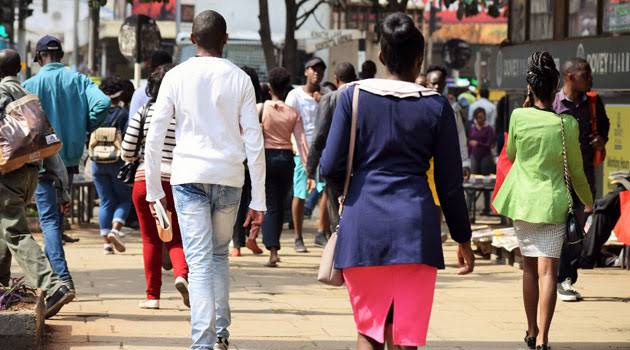The amount of bank loans Kenyans have defaulted on has risen to a 16-year high of Sh. 596 billion.
This has been revealed by the latest data from the Central Bank of Kenya (CBK).
The data shows that the stock of non-performing loans (NPLs) in Kenya increased to a 16-year high of 15 per cent in the month of August 2023 from 14.5 per cent in the month of July 2023, which added to more than Sh. 596 billion as a share of the total loan book.
The defaults have mainly come from borrowers working in manufacturing, mining and quarrying, real estate and building and construction.
These huge defaults have been attributed to rising interest rates whose impact has been passed on to borrowers.
“The rise in interest rates has primarily come from decisions taken by the Monetary Policy Committee to stabilise the economy but have meanwhile resulted in pain in the short run,” Kenya Bankers Association (KBA) CEO Habil Olaka told a local business newspaper.
“When rates go up, demand for credit goes down but even the existing portfolio starts having challenges.”
The defaults have also rise in tandem with the rising cost of living that has left many Kenyans unable to meet their basic financial obligations.
Martin Gatheca: From keeping cows as a hobby, to earning Sh. 50,000 daily from milk
Olaka added that local banks were beginning to institute containment measures to keep their loan books in check. He said that local banks might consider loan restructuring strategies that will include prolonging the repayment duration in a bid to assist struggling borrowers keep up with their payment obligations.
“Banks have been focusing less on building up their portfolio and focusing more on containing their portfolio. It means working with the clients, not necessarily in terms of collections but managing borrowers through the turbulence, ensuring loan facilities do not advance from doubtful to loss,” he said.
“Otherwise, one may take actions that might ‘kill’ the customers, if say you throw auctioneers at them- the customer may not recover.”








